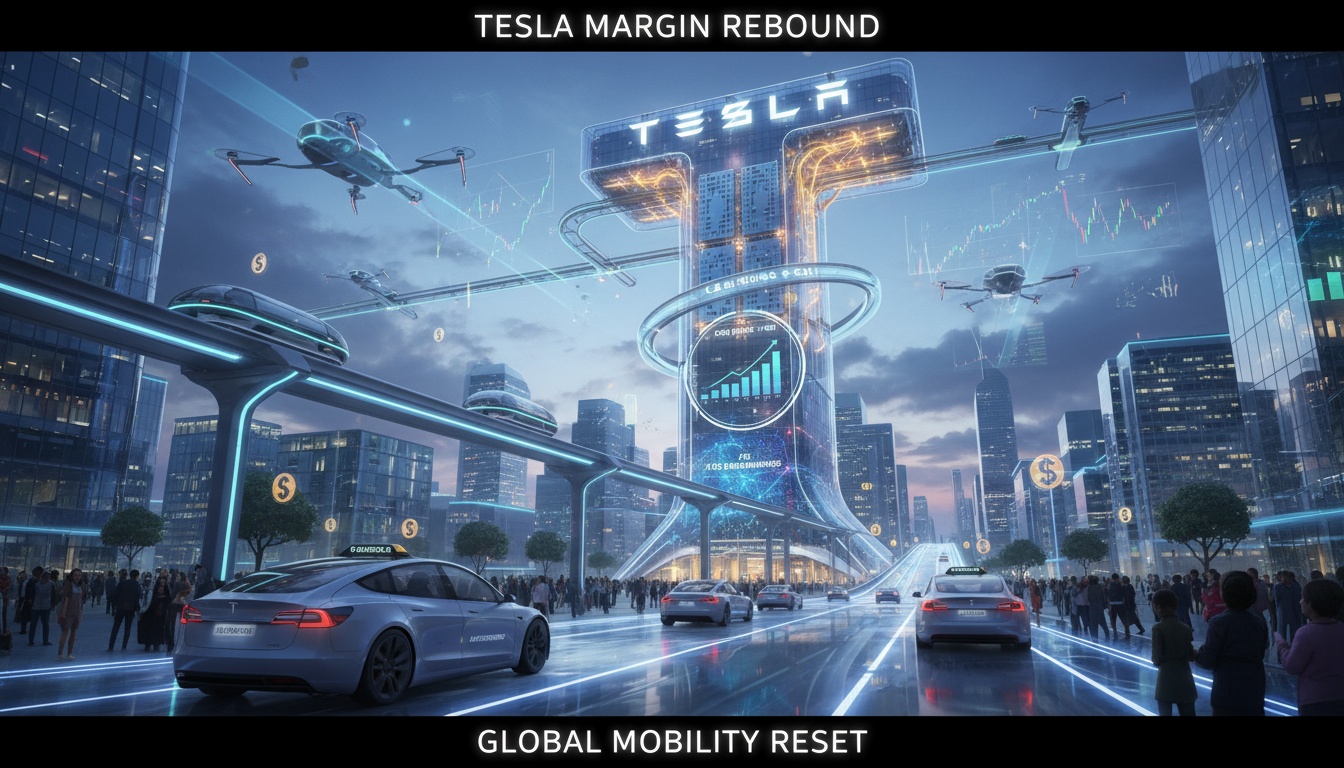*Source: TheAIGRID
OpenAI on NOTICE: Google’s Gemini 3 is Coming to Change EVERYTHING (Gemini 3 Details)
● Google’s Gemini 3 Unleashes AI Revolution, Disrupts Coding and Visual Intelligence
OpenAI Warning: Google’s Gemini 3 (Lithium Flow) Will Change Everything — Summary of Benchmarks, Vision, Coding, and Global Economic Impact
This article summarizes the expected performance of Gemini 3.0 (also known as Lithium Flow), results from key benchmarks, the real-world meaning of its vision and coding capabilities, as well as the expected release timing and impact on the global economy and digital transformation.
We particularly emphasize core points that are often overlooked in articles or YouTube videos (such as the ‘operating threshold’ of vision models and the resulting explosion in usability, cautions in interpreting benchmarks, and how big tech’s cost advantage will reshape the market).
Key Points (News-Like Summary)
Signs are emerging that Google, having already released Gemini 2.5, is close to unveiling Gemini 3.0 (Lithium Flow).
In unofficial and new benchmarks (e.g., Hieroglyph, Kingbench, SVG, etc.), Gemini 3.0 Pro has shown top-tier performance, at times rivaling the GPT5 and Sonnet (Anthropic) series.
Notably, significant improvements have been observed in visual reasoning (e.g., reading clocks, recognizing intersecting lines) and in the multimodal area (integrating image, text, and code).
The coding capability (creating complex web/game code in one shot) greatly increases its potential industrial applications, likely affecting productivity in cloud and software development directly.
While the release timing is uncertain, internal development and tuning are reportedly ongoing with targets for the end of the year or early 2026.
Detailed Analysis by Benchmark
1) Hieroglyph (Lateral reasoning)
– Purpose: A cutting-edge benchmark aimed at measuring non-linear and creative connections (conceptual leaps).
– Observation: Gemini 3.0 Pro ranks just below GPT5i, showing a meaningful improvement over the existing 2.5 Pro.
– Interpretation Points: This benchmark connects strongly with actual human-like problem-solving abilities as it asks for ‘thinking out of the box’ rather than simple fact retrieval.
2) Kingbench (Real World Reasoning, Coding, Knowledge Update)
– Purpose: Holistically evaluates practical abilities such as dynamic thinking, fact-based responses, and coding proficiency.
– Observation: The Gemini 3 series ranks at the top, competing with the Sonnet 4.5 series.
– Interpretation Points: Since this benchmark assesses ‘updated knowledge’ and ‘problem-solving’ abilities required in actual industries, it serves as a crucial indicator when considering corporate adoption.
3) SVG/Visualization-Based Tests
– Purpose: Evaluation of intelligence based on visual reasoning, understanding object relations, and time recognition (e.g., reading clocks).
– Observation: Numerous cases reported where the Lithium Flow series shows superior performance in visual reasoning compared to previous models.
– Interpretation Points: Enhancements in visual ability see exponential growth in user cases when surpassing the product threshold (e.g., 70→80% or higher).
Specific Features: Vision (Clock, Cross-Line) and Coding Cases
Vision: Previous models frequently erred in ‘intuitive but informal’ problems like reading clocks or counting cross-lines in images.
The Gemini 3 series has shown significantly improved accuracy in these problems, increasing the applicability to actual OCR and field recognition services (e.g., robotics, field inspections, medical imaging support).
Coding: Successful cases have been shared where complex web pages or games (resembling Geometry Dash) were generated in one shot.
This has the potential to dramatically improve productivity through developer assistance and automated software generation.
Predictions for Release Timing and Strategic Significance
Release Prediction: While prediction markets like PolyMarket suggest a probability of release by the end of October, considering Google’s past patterns and tuning necessities, the end of the year to early next year appears realistic.
Google Strategy: If Google leverages its vast compute, data, and internal infrastructure to offer ‘low-cost, high-performance’ models, it could shake the market by securing price competitiveness over rivals like Anthropic and OpenAI.
Global Economic and Industrial Impact (Policy and Investment Perspective)
1) Productivity and Labor Market
– Advanced coding automation creates redistribution effects in the software developer ecosystem.
– Repetitive and medium-skilled job roles are likely to shrink, while demand for high-level design, oversight, and domain expertise is expected to increase.
2) Cloud and Semiconductor Demand
– Demand for cloud services and AI accelerators (specialized semiconductors) for operating large models will grow together.
– This has a direct impact on the global economy (global economic growth rates and investment flows).
3) Big Tech Competition and Pricing Strategy
– Aggressive pricing policies based on Google’s cost advantage could pressure the profitability of smaller AI firms.
– At the same time, competition in open ecosystems and APIs could accelerate the pace of AI adoption in enterprises.
Risks and Uncertainties to Verify
1) Benchmark Reliability
– Initial scores from platforms like LM Arena are vulnerable to data biases and selective disclosures.
– Repeated verification in standardized tests by multiple independent organizations (official leaderboards) is necessary.
2) Safety, Ethics, and Policy Issues
– The spread of high-performance models comes with the potential for misuse (e.g., code exploitation, automated false production) and necessitates regulatory responses.
3) Gap Between Cost and Practical Use
– The ‘one-shot’ demos in development environments can differ significantly from large-scale service operations (in terms of delay, cost, maintenance).
The Most Important Contents Not Covered by Other YouTube Channels or News
1) ‘Threshold of Vision Capability’ — User cases grow exponentially not with 1% improvements but when surpassing a specific threshold.
– For example, when visual accuracy increases from 70% to 80%, the practicality for inspection, automation, and consumer product lines markedly rises.
– At this point, the market demand curve shifts, and the pace of commercialization by startups and companies rapidly accelerates.
2) Benchmarks are ‘Tactical Signals’ Rather Than ‘Absolute Indicators.’
– Although entering the top ranks in various benchmarks is meaningful, the actual success of applications depends on data pipelines, continuous learning, and cost structure.
– Thus, ‘Model Performance Superiority ≠ Instant Market Domination.’
3) Google’s Cost Advantage Accelerates Market Restructuring
– Google has a structural advantage in distributing products aggressively by lowering unit costs through massive infrastructure.
– If realized, competitors will need to respond swiftly not only in technology but also in cost and ecosystem aspects.
Investment and Corporate Response Checklist (Practical Use)
– Benchmark Credibility: Beyond Hieroglyph/Kingbench, monitor results from standardized independent tests.
– Multimodal PoC: Quickly experiment with small-scale use cases involving vision + text (e.g., inspection, QA, robotics).
– Cost Structure Simulations: Prepare TCO (Total Cost of Ownership) scenarios in case Google reduces prices.
– Regulatory Risk: Proactively prepare compliance and security plans related to code generation and automation.
Conclusion — What Companies and Investors Should Check Immediately
Gemini 3.0 holds great potential to advance actual industrial applications through ‘multimodal practicality’ and ‘coding automation’ beyond mere performance improvement.
However, benchmarks are only initial signals, and the real economic impact will depend on cost, operational, and regulatory variables after release.
Therefore, companies should prepare strategies considering technological possibilities alongside costs, risks, and operational readiness.
Checkpoints: What to Monitor
– Official releases (Google announcements) and SDK/API documentation.
– Results from standardized leaderboards by independent organizations.
– Practical use cases (accuracy of code generation, vision recognition error rates, TCO in large-scale deployment).
– Initial guidelines and corporate application cases related to regulations and safety.
Google’s Gemini 3.0 (Lithium Flow) shows high performance in unofficial benchmarks, with significant advances in visual reasoning and coding.
This technological improvement directly impacts digital transformation and AI-based productivity, and Google’s infrastructure advantages could accelerate market restructuring.
However, since benchmarks are initial signals, ongoing monitoring of official verification, costs, and regulatory risks is necessary to formulate effective strategies.
[Related Articles…]
AI and Semiconductors: How Next-Gen Chips Are Changing the Global Economy
Accelerating Digital Transformation: Corporate AI Investment Strategies


